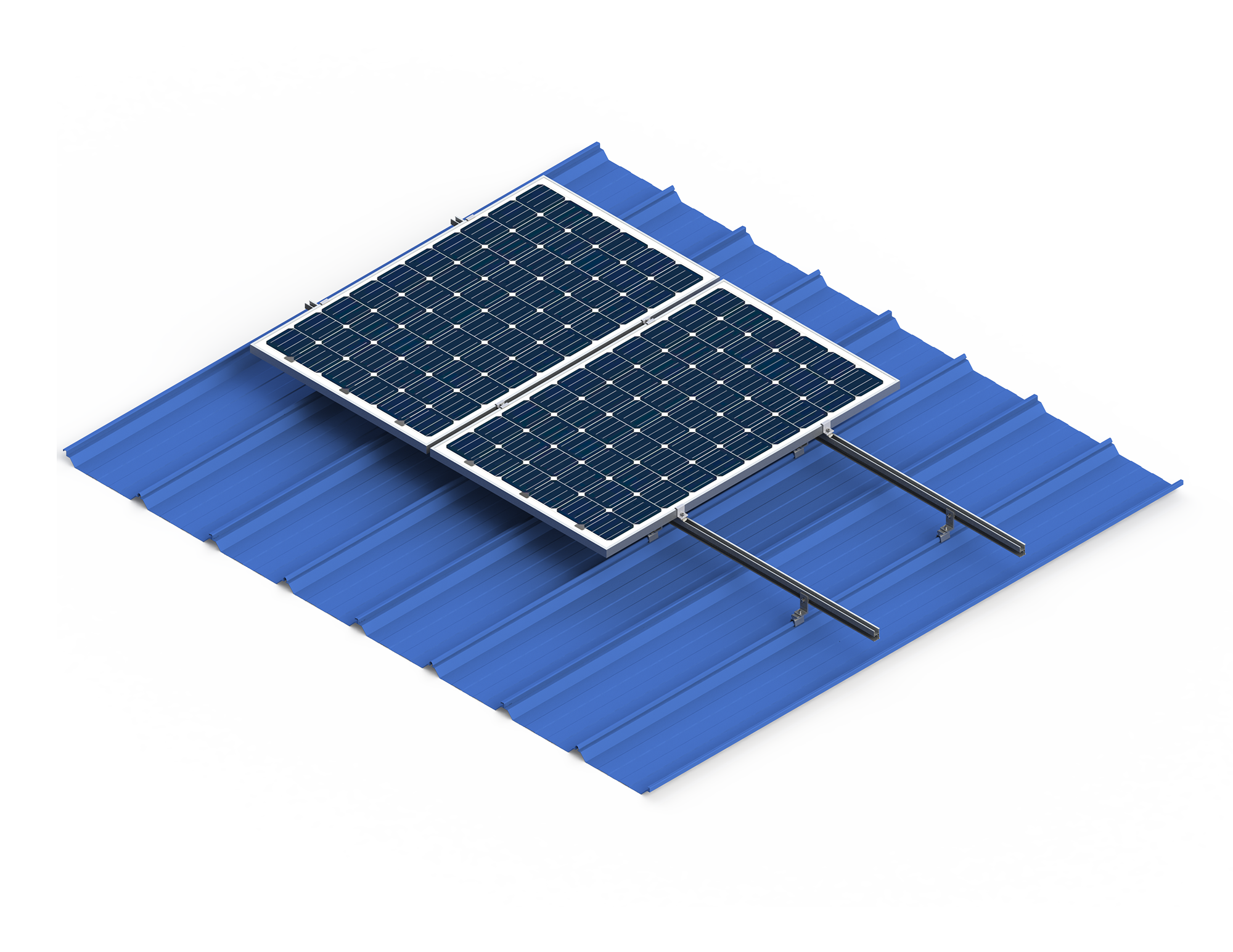Harnessing the Power of Solar Panels for Efficient Power Stations
Release time:
Apr 18,2025
The integration of solar panels into power stations represents a significant advancement in the quest for sustainable energy solutions. Solar energy, harnessed through solar panels, offers a clean, renewable source of electricity that can substantially reduce reliance on fossil fuels. This not only helps in mitigating climate change but also supports energy independence for communities and industries.
Solar panels convert sunlight directly into electricity through the photovoltaic effect. When sunlight hits the solar cells in these panels, it excites electrons, generating direct current (DC) electricity. This electricity can then be converted to alternating current (AC) using inverters, making it compatible with the electrical grid and usable for various applications. The versatility of solar panels allows them to be installed in a range of environments, from large-scale solar farms to rooftops of individual buildings, enhancing their accessibility.
One of the key advantages of using solar panels in power stations is the reduction of operational costs over time. While the initial investment may be considerable, the long-term savings on energy bills and maintenance costs can be substantial. Moreover, solar panels typically have long service lives, often exceeding 25 years, and require minimal upkeep, making them an attractive option for power generation.
In addition to cost savings, solar panels contribute to energy resilience. By generating electricity locally, power stations equipped with solar technology can reduce the strain on the grid during peak demand periods. This decentralized approach to energy generation can enhance the reliability of power supply, especially in remote areas or regions prone to natural disasters.
Environmental benefits are another crucial aspect of integrating solar panels into power stations. Solar energy production emits no greenhouse gases during operation, which is pivotal in combating air pollution and climate change. Furthermore, the lifecycle of solar panels is increasingly becoming more environmentally friendly, with advancements in recycling technologies enabling the recovery of materials for future use.
As the global demand for energy continues to rise, the combination of solar panels and power stations represents a forward-thinking strategy to meet this demand sustainably. Industry professionals should consider the myriad of benefits that solar technology can offer, from cost efficiency to environmental stewardship. By embracing solar panels, power stations can lead the way toward a greener, more sustainable future in energy production.
In conclusion, the integration of solar panels into power stations not only fosters energy independence and resilience but also helps to reduce environmental impact and operational costs. As we move towards a more sustainable energy landscape, understanding the significance of solar technology remains essential for industry professionals and stakeholders alike.
Solar panels convert sunlight directly into electricity through the photovoltaic effect. When sunlight hits the solar cells in these panels, it excites electrons, generating direct current (DC) electricity. This electricity can then be converted to alternating current (AC) using inverters, making it compatible with the electrical grid and usable for various applications. The versatility of solar panels allows them to be installed in a range of environments, from large-scale solar farms to rooftops of individual buildings, enhancing their accessibility.
One of the key advantages of using solar panels in power stations is the reduction of operational costs over time. While the initial investment may be considerable, the long-term savings on energy bills and maintenance costs can be substantial. Moreover, solar panels typically have long service lives, often exceeding 25 years, and require minimal upkeep, making them an attractive option for power generation.
In addition to cost savings, solar panels contribute to energy resilience. By generating electricity locally, power stations equipped with solar technology can reduce the strain on the grid during peak demand periods. This decentralized approach to energy generation can enhance the reliability of power supply, especially in remote areas or regions prone to natural disasters.
Environmental benefits are another crucial aspect of integrating solar panels into power stations. Solar energy production emits no greenhouse gases during operation, which is pivotal in combating air pollution and climate change. Furthermore, the lifecycle of solar panels is increasingly becoming more environmentally friendly, with advancements in recycling technologies enabling the recovery of materials for future use.
As the global demand for energy continues to rise, the combination of solar panels and power stations represents a forward-thinking strategy to meet this demand sustainably. Industry professionals should consider the myriad of benefits that solar technology can offer, from cost efficiency to environmental stewardship. By embracing solar panels, power stations can lead the way toward a greener, more sustainable future in energy production.
In conclusion, the integration of solar panels into power stations not only fosters energy independence and resilience but also helps to reduce environmental impact and operational costs. As we move towards a more sustainable energy landscape, understanding the significance of solar technology remains essential for industry professionals and stakeholders alike.
Related News
Contact
Add:Room 906, No. 990 Anling Road, Huli District, Xiamen City, Fujian Province
Tel: +86-17359890759 / +86-18633699291
Email:egsolar@egsolarsystem.com
Copyright © 2024 Evergreen Solar New Energy Co., Ltd







